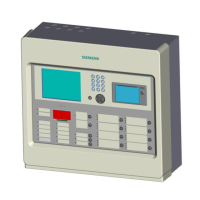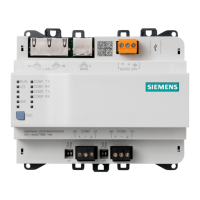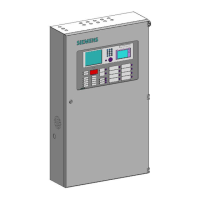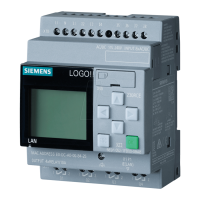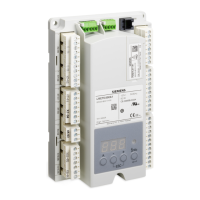When programming is completed, and the module detects an error, the error information will be
written to the diagnostics data records DS0 and DS1. This situation my lead to a diagnostics
interrupt if programmed accordingly.
Coding plug (only for FM 350-1)
To operate this encoder, insert the coding plug in position A.
9.4 24-V signals
Count signals returned by 24-V encoders
24-V incremental encoders
The 24-V incremental encoder returns the 24-V signals A*, B* and N* to the module. The A* and
B* signals are phase-shifted by 90°.
24-V signals are marked with an asterisk "*" character.
The tracks A* and B* of a 24-V incremental encoder are used for counting. Track N* is used to
initialize the counter with the load value, if programmed accordingly.
Encoders which do not return inverted signals asymmetrical encoders.
The diagram shows the time prole of the encoder signals:
6LJQDO$
6LJQDO%
6LJQDO1
8S
'RZQ
Figure 9-2 Signals of the 24-V incremental encoder
The module detects the count direction by evaluating the ratio of signals A* and B*. The
diagrams in the chapter "Signal evaluation (Page 83)" show which edges of the A* and B*
signals are incremented or decremented.
You can program the inputs of 24-V encoder signals for the connection of source outputs, or
push-pull outputs, or sink outputs. For further information, refer to the encoder manual.
You can change the count direction using the "Count direction normal" and "Count direction
inverted" parameters without having to modify the wiring.
24-V pulse encoders without/with direction signal
Encoders such as proximity switches (BERO) or light barriers return only a count signal which you
wire to terminal A* of the front connector.
Encoder signals and their evaluation
9.4 24-V signals
Counter module FM 450-1
Equipment Manual, 03/2022, A5E03648739-AC 81

